
ON 23 FEBRUARY, as brutal assaults on Muslim communities began in northeastern Delhi, I was in Kashmir. I did not have access to the internet— it was the seventh month of the communication blockade, which, along with an increased military presence and an intensified crackdown on politicians and activists, accompanied the revocation of Article 370 in August 2019. I left home in the morning, to meet journalist friends at the media centre set up by the Indian authorities, the only facility where you can access the internet and social media via a virtual private network. When I reached Polo View, the city centre of Srinagar, a journalist asked me, “What are you doing here? Delhi is burning!”
When I asked what had happened, he broke the news of the communal violence in Delhi. As soon as I got the Wi-Fi password of the media centre, my Whatsapp was flooded with graphic images and videos of arson, injured people and armed Hindutva mobs beating up Muslims in parts of northeastern Delhi. Ultimately, 53 people were reportedly killed and over five hundred injured in the deadliest religious violence the Indian capital had witnessed since the anti-Sikh pogrom of 1984. Prime Minister Narendra Modi, meanwhile, was hosting the US president, Donald Trump, barely twenty kilometres from the site of the violence. On 26 February, nearly three days after the violence began, Modi called for “peace and brotherhood” in a tweet.
この記事は The Caravan の September 2020 版に掲載されています。
7 日間の Magzter GOLD 無料トライアルを開始して、何千もの厳選されたプレミアム ストーリー、8,500 以上の雑誌や新聞にアクセスしてください。
すでに購読者です ? サインイン
この記事は The Caravan の September 2020 版に掲載されています。
7 日間の Magzter GOLD 無料トライアルを開始して、何千もの厳選されたプレミアム ストーリー、8,500 以上の雑誌や新聞にアクセスしてください。
すでに購読者です? サインイン
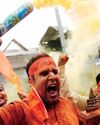
Mob Mentality
How the Modi government fuels a dangerous vigilantism
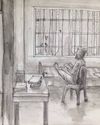
RIP TIDES
Shahidul Alam’s exploration of Bangladeshi photography and activism
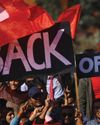
Trickle-down Effect
Nepal–India tensions have advanced from the diplomatic level to the public sphere
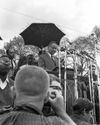
Editor's Pick
ON 23 SEPTEMBER 1950, the diplomat Ralph Bunche, seen here addressing the 1965 Selma to Montgomery March, was awarded the Nobel Peace Prize. The first black Nobel laureate, Bunche was awarded the prize for his efforts in ending the 1948 Arab–Israeli War.

Shades of The Grey
A Pune bakery rejects the rigid binaries of everyday life / Gender
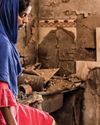
Scorched Hearths
A photographer-nurse recalls the Delhi violence
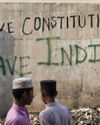
Licence to Kill
A photojournalist’s account of documenting the Delhi violence
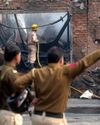
CRIME AND PREJUDICE
The BJP and Delhi Police’s hand in the Delhi violence

Bled Dry
How India exploits health workers

Status Update
India’s telling silence on the Hagia Sophia controversy